I’m sure you’ve all seen those really cool aquariums with all sorts of fish in them. It’s amazing to see all the different colors and shapes of these creatures. But have you ever wondered which fish are the most expensive? Well, today I’m going to tell you about the most expensive fish in the world. Keep reading to learn more!
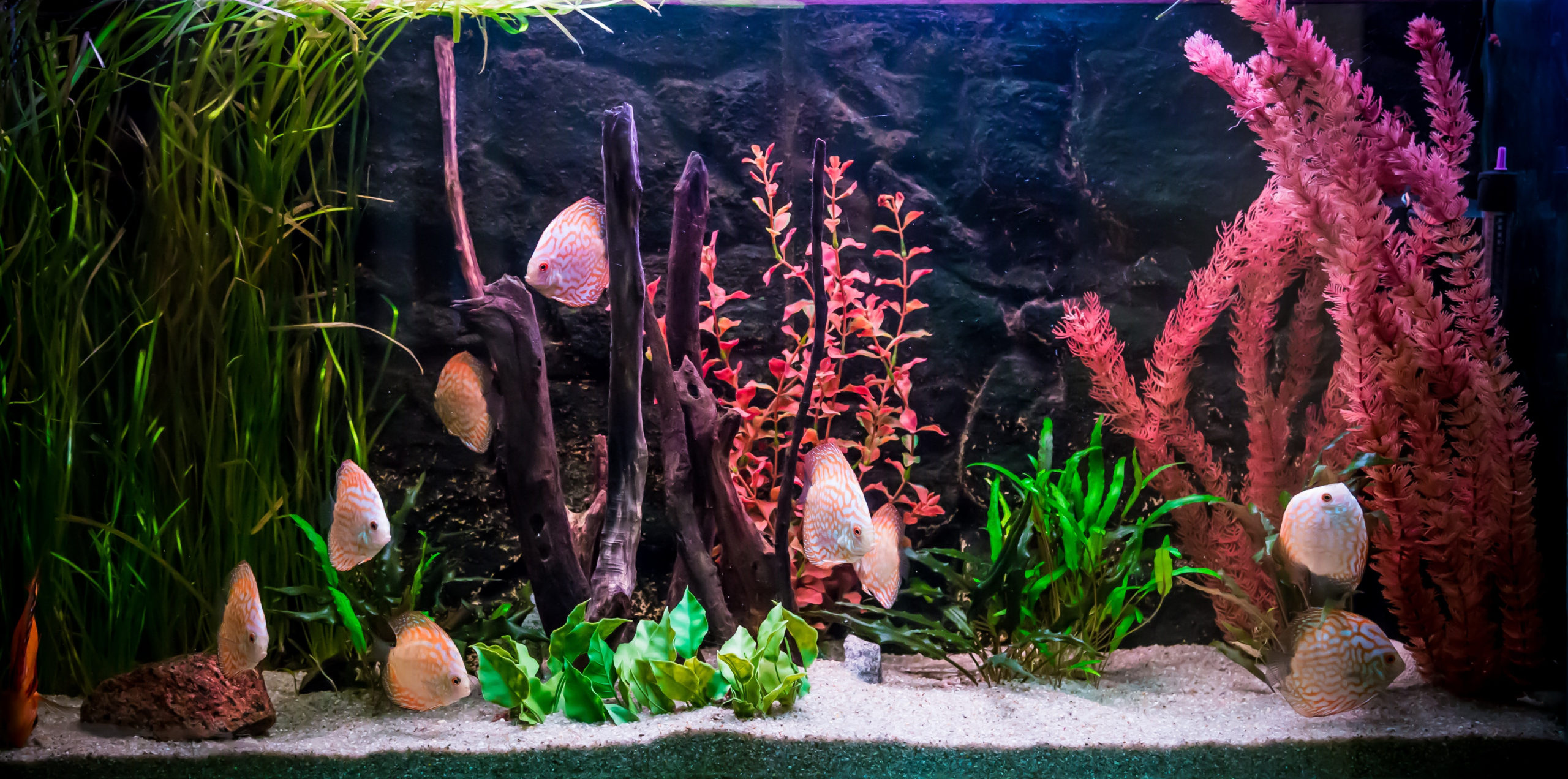
Table of Contents Show
1. Bluefin Tuna
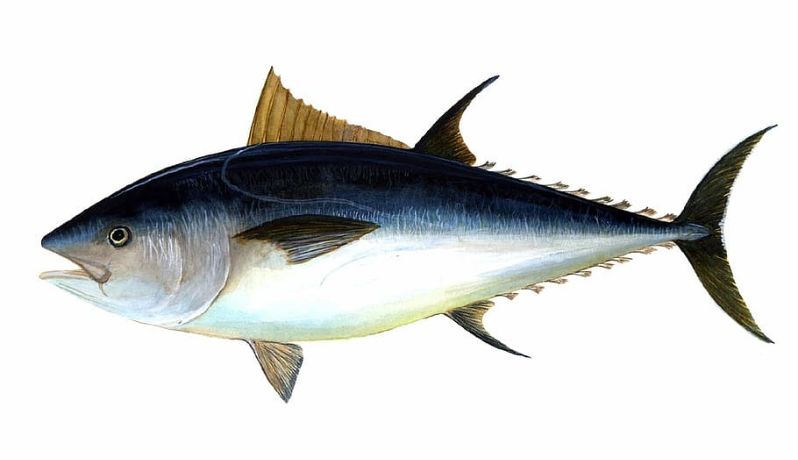
The bluefin tuna is the most expensive fish in the world. It set the record for the most expensive fish ever sold when a 612-pound bluefin tuna was sold in Japan for $3.1 million in 2019. Used to make sushi, the price of bluefin tuna has increased as the species has become endangered.
Although it isn’t exactly a common aquarium fish, the Bluefin Tuna can be found in a few commercial aquariums and has been successfully bred in captivity in both Japan and South Korea. They can weigh up to 460 lbs and require lots of room for growth and swimming.
Owning one is illegal in most places for private use, but so are most of the more expensive fish on this list, so there’s no real difference there. There are farms in a few places of the world for raising this type of fish, though they do require a commercial permit.
So, not exactly a private aquarium fish, but it is still the most expensive fish in the world. It’s worth mentioning!
2. Platinum Arowana
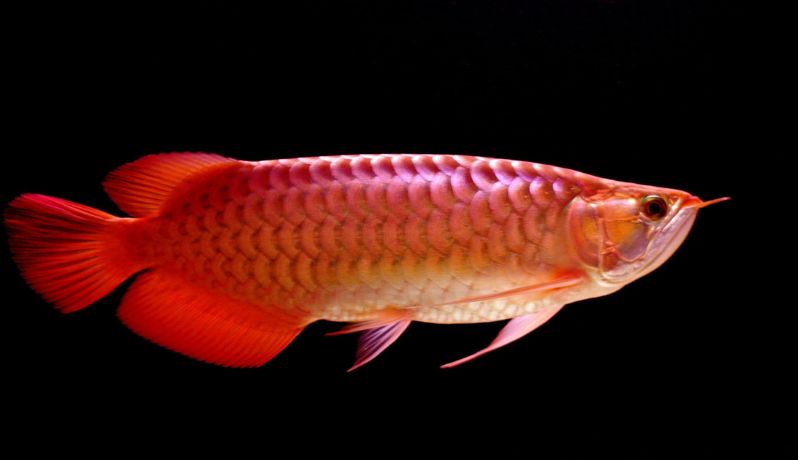
First off, let’s look at a more traditional home aquarium fish (if you can call them that). This fish is the Platinum Arowana. This is the most expensive regular aquarium fish costing roughly 400,000 USD. The only other fish to come close to this are the other Asain Arowana, which are counterparts to the platinum Arowana. The platinum coloration is the most expensive, but different colors can cost about 300,000 USD.
This species is so expensive due to its endangered status and the mafia trade that surrounds it. Owning one of these beauties can be quite the trick. It’s the one fish that every owner probably wishes they had!
Also known as the dragonfish, the Arowana is prized in Asian cultures due to the belief that it repels terrible luck. It is also thought to bring prosperity because its scales looked similar to the shape of Chinese coins. It grows up to three feet long and is a freshwater fish.
The Platinum Arowana is a predatory fish and is very territorial. They require lots of space. One full-grown adult needs a minimum of 250 gallons of freshwater all to itself. Unfortunately, it is illegal to own in the USA due to its status as an endangered species.
So this is probably a fish you’ll only find in international aquariums, and you might want to let go of the dream of owning one for yourself. It’s sad, but if it protects a beautiful endangered fish, it’s worth it!
3. Freshwater Polka Dot Stingray
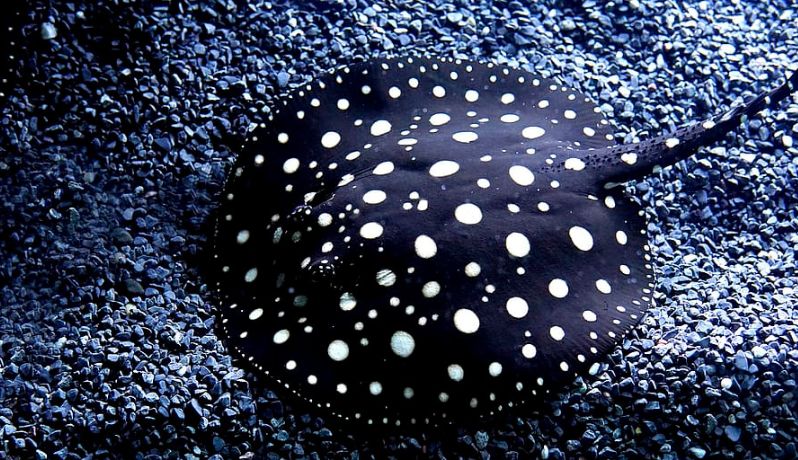
These aquarium stingrays have a round body roughly the size of a dinner plate. Adults will grow to about 18 inches in diameter. They have a blackish/brown color with white dots covering their body.
The adults require a tank that is roughly 180 gallons. The bottom of any tank with a freshwater stingray should be as clear as possible. This is because stingrays tend to hover just over the surface of the ground.
The freshwater polka dot stingray is partially illegal in the United States. This is because it is on the IUCN red list as insufficient data due to its limited habitat range and harsh restrictions. Some states require permits to own one, while other states completely prohibit it. So if you are out to buy one, make sure the area you live in is okay with it first.
Its natural habitat is the Xingu River Basin of Brasil. That is the only place it is found in the wild. Because of this, Brasil has laid down some pretty harsh restrictions regarding this fish.
The price tag of the freshwater polka dot stingray is roughly 100,000 USD. This earns them the second-place slot on this list. It runs about 200,000 USD behind the cheapest Arowana. Still, this fish isn’t cheap by any means!
Stingrays will eat anything that fits in their mouths. So if you have giant rays, it’s probably best to keep them separate from smaller fish. It is perfectly fine to keep little rays in tanks.
4. Peppermint Angelfish
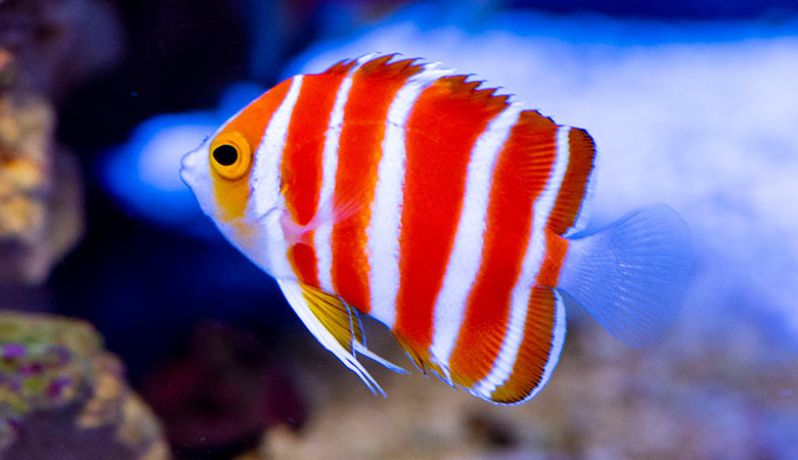
The peppermint angelfish is often called the holy grail of home aquariums. It is sought after by both hobbyists and serious aquarium collectors alike. Its cheaper price tag puts it in the range that makes it available for a broader range of people and aquariums.
It lives at depths of 300 feet or greater, meaning that it’s difficult to catch this fish safely. Its natural habit is the south pacific ocean. So far, no breeding has been successful at a scale large enough to impact the availability of this fish.
They grow to roughly 1.5 inches in length and require a tank of at least medium size. These little fish come with a much more palatable price tag of 30,000 USD. This makes them the first semi-affordable fish on this list.
It has a unique red body with white stripes running the length of the body vertically. This candy-cane coloration gave it the name of peppermint angelfish. There is a row of spiny-looking fins along its back, and it has a general scraggy look. This fish is controlled but not illegal in the United States.
Angelfish tend to make pretty good tank mates, as they like to occupy the upper portions of a tank. So make sure to get fish that prefer lower tank regions to share with them.
5. Masked Angelfish

This next fish is even more affordable, coming in at 15,000 USD and being reasonably easy to purchase. The masked angelfish lives at the same depths as the peppermint angelfish and in the same habitat. This fish is cheaper, though due to the successful breeding efforts of aquariums (both private and public).
The peppermint angelfish will probably get to the same level of availability someday, but the masked angelfish has been captivating aquariums for a much longer time.
It is found naturally in the area surrounding Hawaii, specifically the Midway and Kure Atolls.
This fish has a much smoother and slick look when compared to the peppermint angelfish. It is white, black, and yellow. The primary color of its body is white, the fins are yellow and blackish blue. The coloring will depend on the fish itself, but the colors themselves will remain the same. It will grow to be about 7 inches long.
6. Bladefin Basslet

For anyone who thought that angelfish lived at deep depths, let us introduce you to the bladefin basslet. This little beauty lives at depths of 800 feet, meaning that only submarines can collect it.
This adds to the expensive of this fish. It has a beautiful orange and white pattern with thick columns of both alternating colors spanning its body. They live naturally in the Atlantic, though they are found mainly around the Caribbean.
These fish will run about 8,000 USD. These fish get their name from the long thin fins used for swimming.
Basslets usually are pretty good tank mates and will give your tank a great splash of color. Due to their size, they tend not to pick fights.
7. Neptune Grouper

This species is a gorgeous gold and white grouper. These cost about 7,000 USD. It is found at depths between 200 and 800 feet in coral reefs. The natural habitat of this fish is the indo-pacific ocean.
The cost is primarily due to its rarity. This fish is scarce and is also a hostile predator, which makes it hard to keep them in an aquarium properly. They grow to about a foot and a half long and are known to die after capture spontaneously.
Its hostility makes it pretty unfriendly to other fish that are smaller than it. They need a massive tank and will try to eat anything in it that is small and tasty. So don’t pair it with any fish that you care about!
8. Australian Flathead Perch

The Australian Flathead Perch is a fascinating fish. It has an odd shape and vibrant coloring pattern. They have a brownish/orange body with striking blue lines spanning their length.
They also have a strange circle on the back of their body. It looks vaguely like a peacock feather. They grow to about three inches in length and are characterized by their flat head. They’ve only been successfully bred in captivity a few times.
Their natural habitat is along the southern coast of Australia (remember that their southern is our northern due to the hemisphere switch) at depths ranging from 400 feet to 600 feet. Their usual price tag is 4,000 USD.
These are predators, but luckily the flathead is relatively small. So they will do okay with the right types of other fish. Keep in mind though, that perch tend to be very aggressive fish, so if it is bigger than or about the same size as other fish in your tank, there will be problems.
9. Wrought Iron Butterfly Fish

The wrought iron butterflyfish has a grey body with white speckles throughout it. It grows to just about 6 inches and will cost about 4,000 USD.
These fish tend to stay close to the surface at depths of about 30 feet. They are very pleasant fish that will do well with most other types. They tend to hang out in reefs with lots of other fish. They are primarily found in the Pacific Ocean around Japan.
Butterfly fish don’t do well in tanks that have more than just fish and live rocks. They like to hide and, therefore will end up competing with almost anything else that is hiding as well.
10. Koi

To finish off, we have another strange fish here: the koi. Koi fish are types of carp that have been bred to look a certain way. While they can technically be brought pretty cheaply, they can also run for over 1 million USD. Their price depends on several factors.
These factors include their bloodline and coloration. In Japan, the right combination of these is priceless. Koi are one of the only domesticated types of fish. They are ornamental fish, used chiefly in decorating tanks and ponds.
Koi is the name given to the Amur carp but is explicitly used to designate the colors of koi.
The colors of a koi fish include white, orange, black, red, and gold. The longer a line of koi have had these colors, the more valuable they are. There are lots of varieties of koi.
A good comparison of koi is to think of dog breeds. All breeds of dogs are dogs, but all breeds are worth different amounts of money.
Koi are freshwater fish that are mostly peaceful. They will eat anything that a human will (as will most carp). So, they are not exactly a typical aquarium fish, but to the right person, they are an excellent addition and can be quite a prize. Every aquarium owner has their tastes, after all.
They are sold at auctions in Japan once a year and can range in price from a mere 100 USD to those mentioned above 1 million USD. They don’t require a lot of room either.
Lots of koi can live in a small area. Each one only needs 29 gallons of water to be successful. However, since they are predators, it is not advised that they are stored with other fish unless you are sure it is safe.
